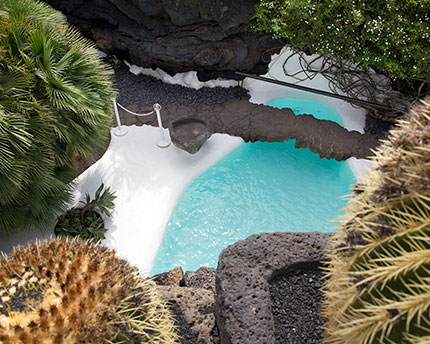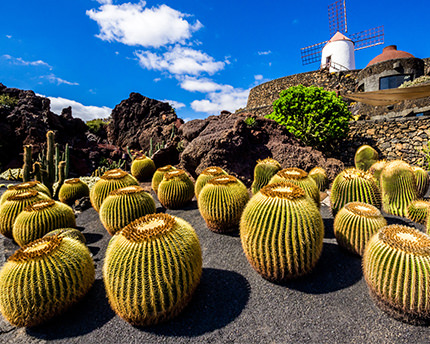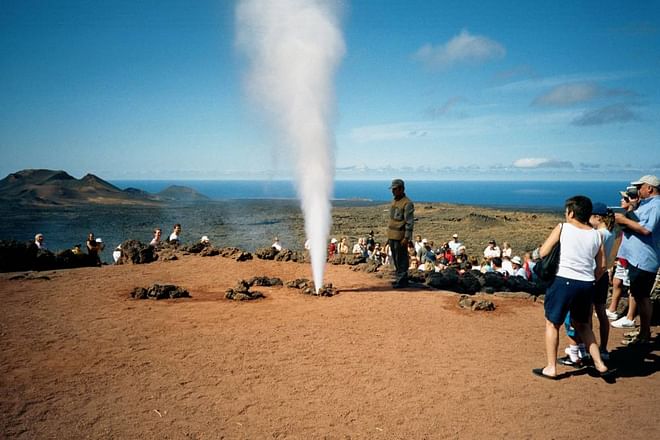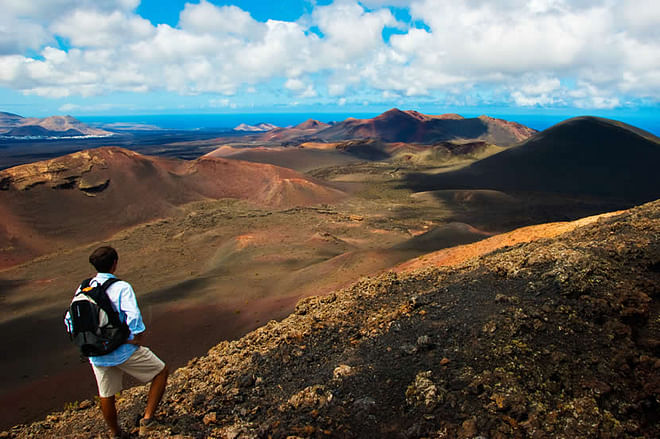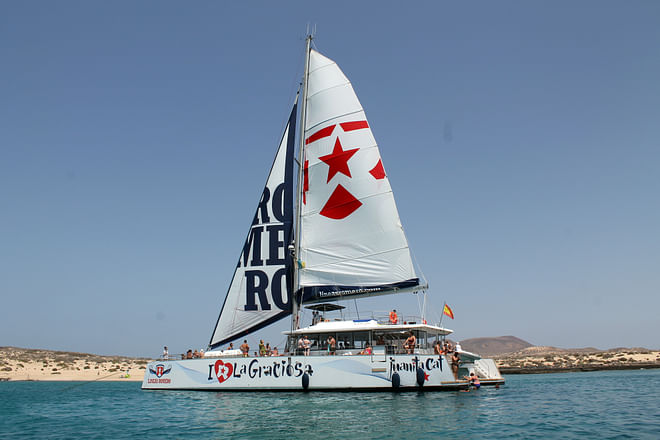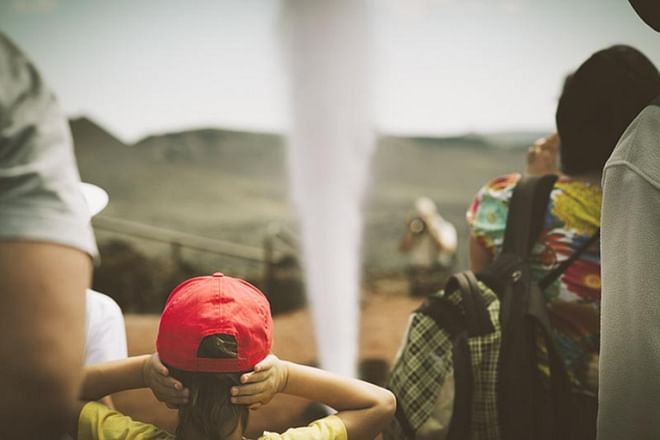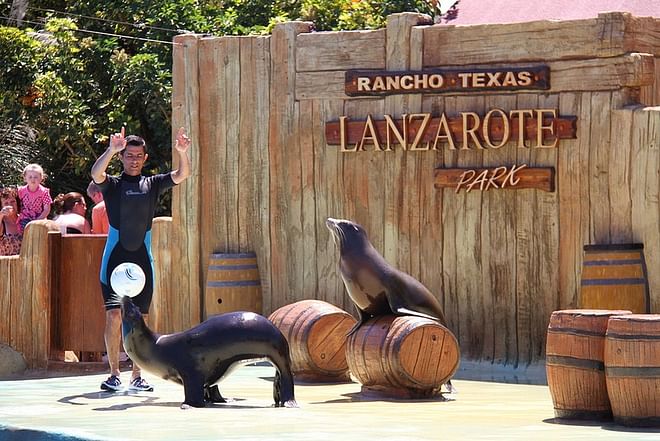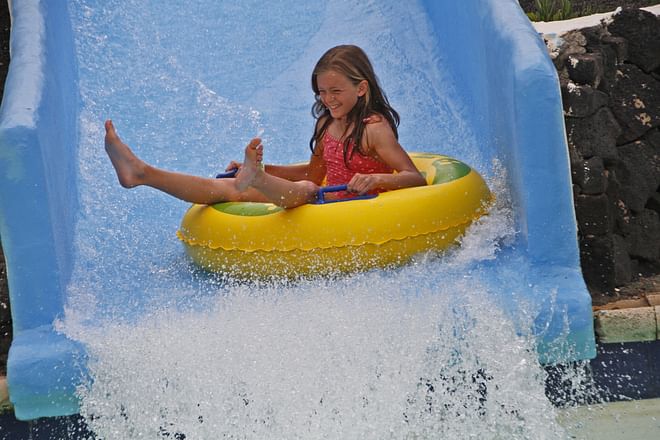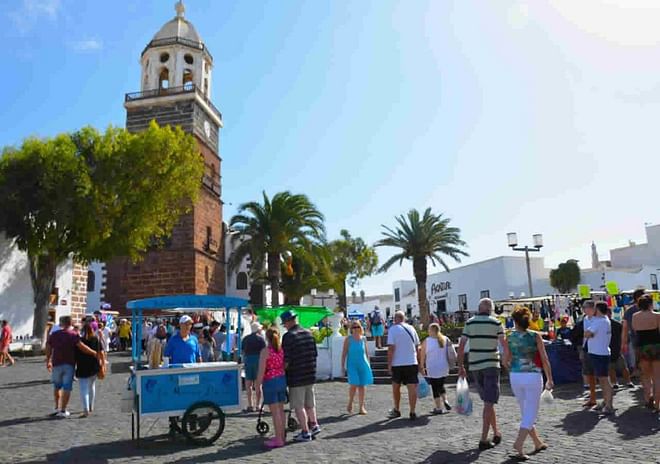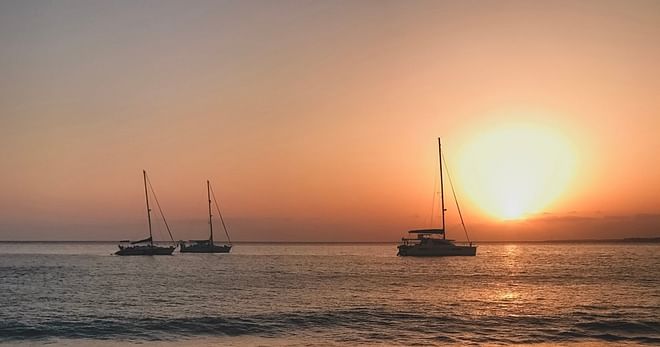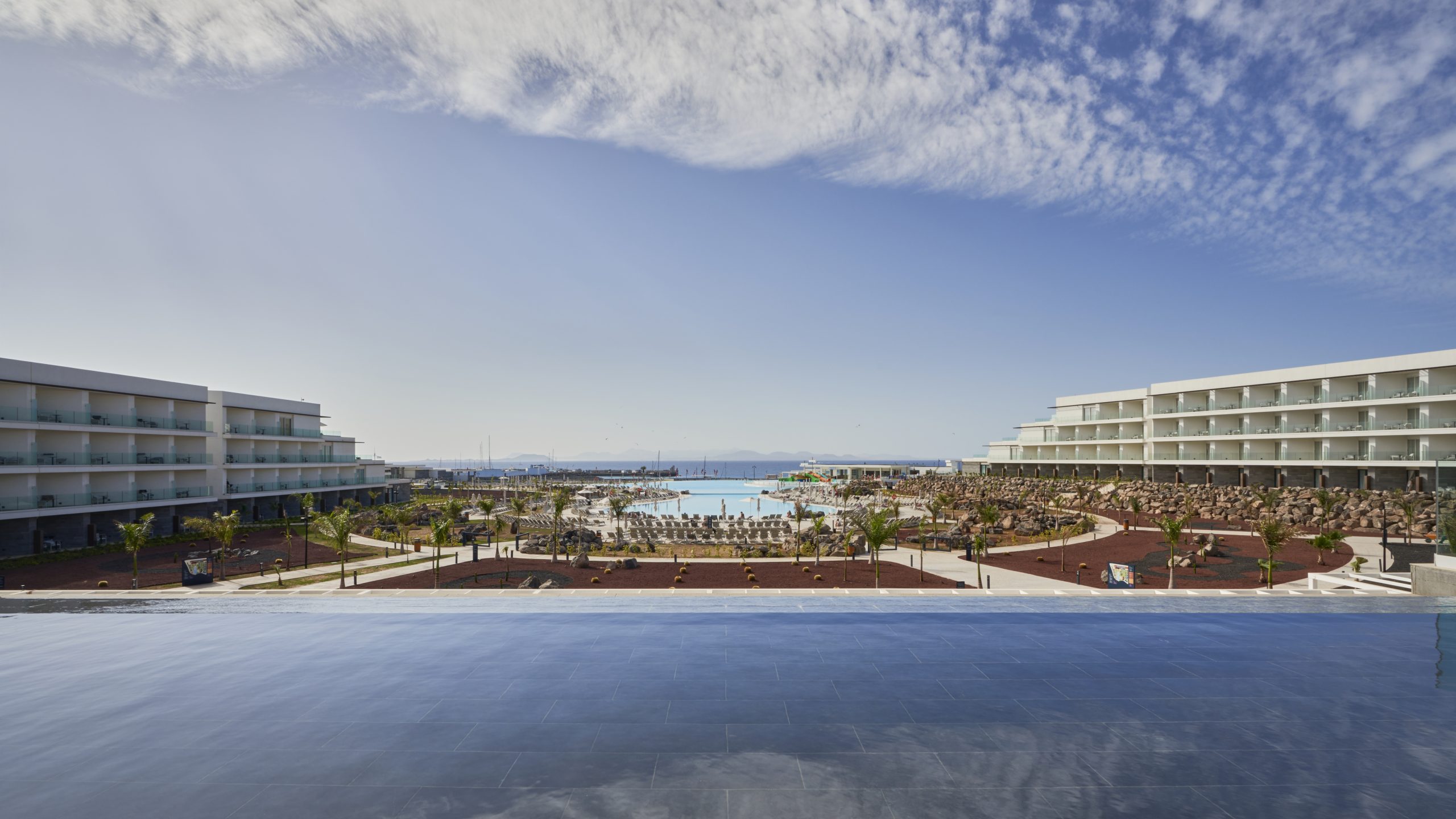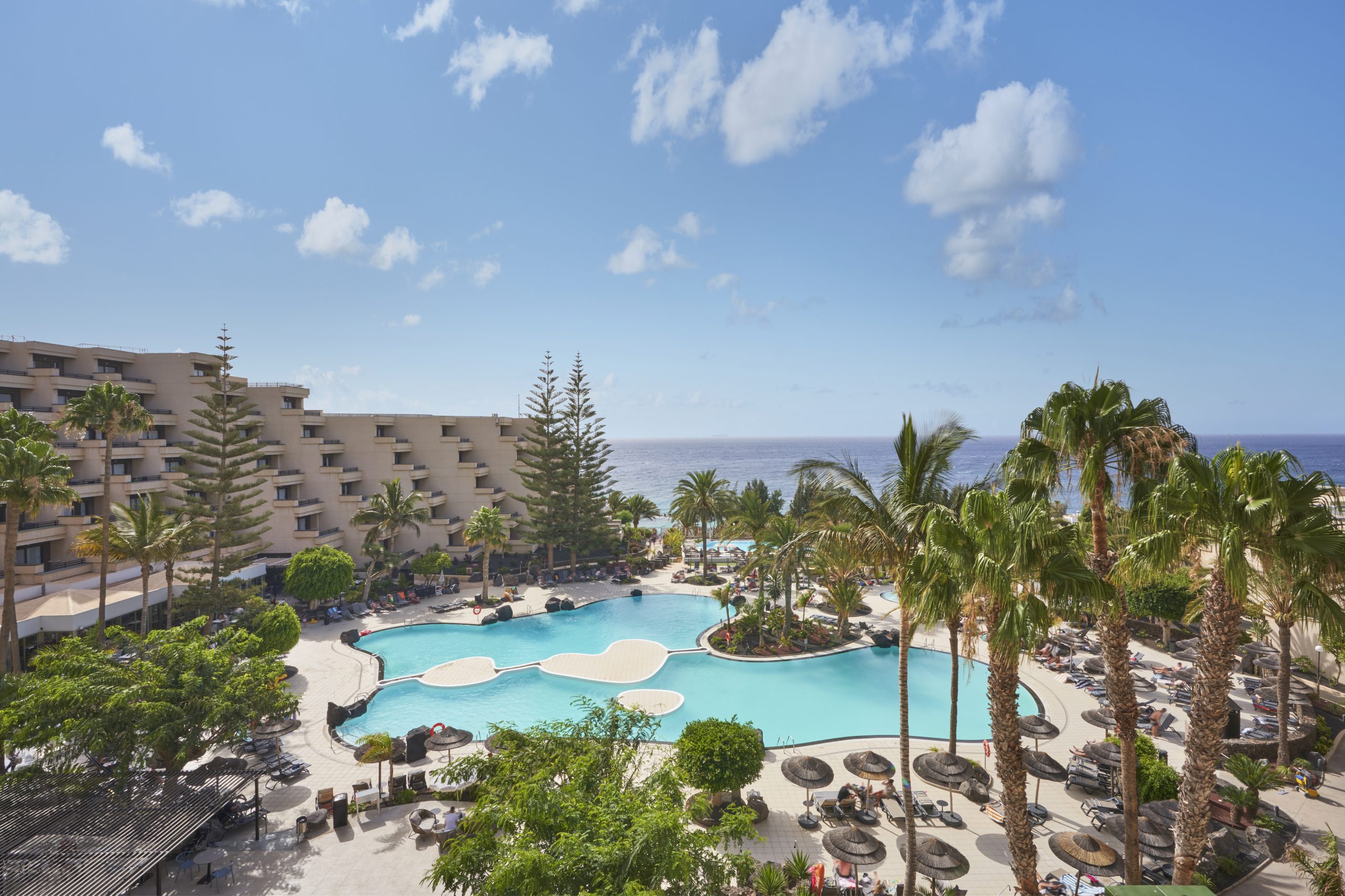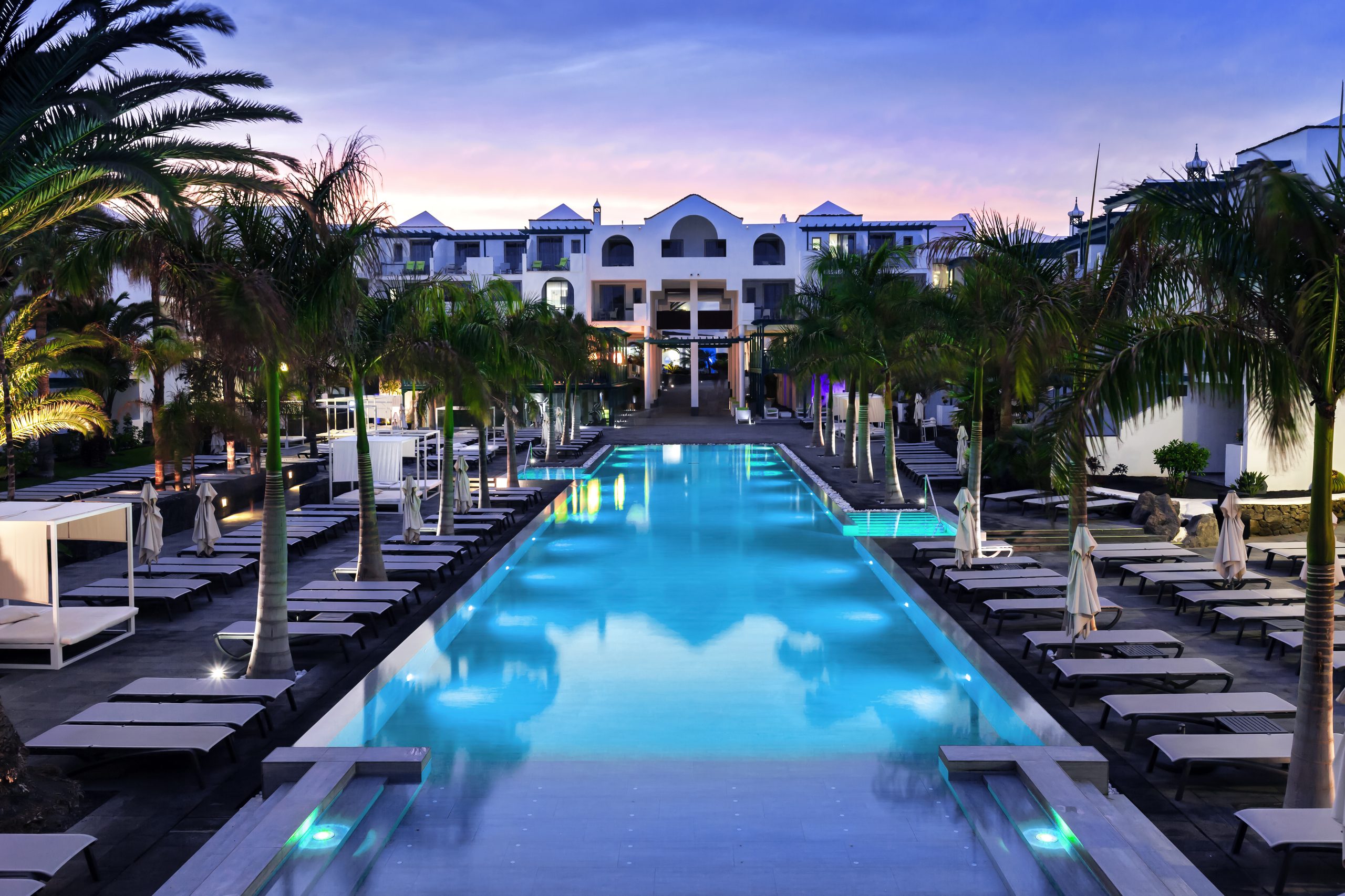Europe’s first underwater museum is located off the south coast of the island of Lanzarote. This is an ambitious project that bears the stamp of the British artist Jason deCaires Taylor, famous for impressive works that encourage us to reflect on how we use the planet’s natural resources.
The unique attraction of Lanzarote’s underwater Museum
The Museo Atlántico is more than a purely aesthetic undertaking that involves submerging sculptures in the ocean: it is also an expression of Jason deCaires Taylor’s commitment to conserving and championing the marine environment. This unusual cultural facility is located in Playa Blanca (in the district of Yaiza), submerged 12 metres below the surface in the bay of Las Coloradas. The museum occupies 2,500 m2 of sandy ocean floor; it was the characteristics of this sea floor that led to the selection of this particular site. The aim of the British artist was nothing less than the creation of a large-scale artificial reef.
The 12 groups of sculptures were carved in pH-neutral concrete so that, as time passes, the marine biomass will increase, encouraging species to reproduce. Now the first results have emerged—the earliest installations were put in place in 2016—and to date, there has been an increase both in the biodiversity level and in the number of species in the area. In fact, visitors can now admire the museum’s shoals of barracuda, sardines, octopus, sea sponges and examples of angelsharks, among others.
The groups of sculptures have evocative names, such as Jardín Híbrido [Hybrid Garden], Desconectado [Detached], Inmoral and La Balsa de la Lampedusa [Lampedusa Pool]; some of the works were inspired by inhabitants of the island of Lanzarote. Here too, there are signs of one of Jason deCaires Taylor’s preoccupations: respectful interaction between man and the natural world.
The Museo Atlántico has a set itinerary. This takes the visitor through the discovery of thought-provoking images, such as that of a barrier intended to achieve an impossible task: that of containing the ocean within boundaries, a couple taking a ‘selfie’, two businessmen casually playing on a child’s swing and the powerful human whirlpool at the end of the tour.
To enter Lanzarote’s underwater museum is to immerse oneself in a dialogue between Art and Nature, a theme particularly relevant to the island—and especially in relation to the legacy of César Manrique, its most famous artist. One only needs to visit such spectacular installations as the Mirador del Río [Viewing Point], the Jardín de Cactus [Cactus Garden] or the casa-museo Lagomar [Lagomar house-museum] to understand Lanzarote’s almost obsessive concern with the relationship between Nature and Art.
Moreover, the Museo Atlántico represents a revolutionary approach to art and to architecture that is totally unlike that generally offered by museums. Visitors to the museum become aware of a magical contrast between the calmness of the beautiful, motionless sculptures and the movement and life exuded by the fish and algae surrounding the statues. At the same time, the works of art created and then submerged in the sea by Jason deCaires Taylor could be defined as open works; the setting in which they are found is constantly changing, just like the sculptures themselves, as a wide range of living things become attached to them, such as algae or even starfish. Ultimately, however many times the visitor returns to the museum, the visual perspective will never be the same.
Jason deCaires Taylor, an artist captivated by the sea
It is impossible to fully appreciate Lanzarote’s Museo Atlántico without knowing something of the person behind its ideology—Jason deCaires Taylor, who has been described by the journal Foreign Policy as “the Jacques Cousteau of the art world”. Taylor was born in 1974 in the county of Kent, in the United Kingdom, and trained at the London Institute of Arts, from which he graduated in 1998 with a BA Hons degree in sculpture. However, he subsequently worked as a diving instructor, as he has been a diver for over 20 years.
Jason deCaires Taylor’s cv therefore reveals two clear passions, the sea and art, which he has been able to bring together, collecting along the way several awards for underwater photography. It must be stressed that his creative endeavours are not exclusively focused on the aesthetic aspect of art, as throughout his work there runs a profound ecological commentary which attempts to inform the viewer of his commitment to environmental conservation. In a nutshell, his career puts forward (via his art) the case for the defence of positive interaction between man and Nature.
This philosophy is clearly apparent in some of his most iconic installations—for example, his creation of the first underwater sculpture park in the world, established in 2006 in Grenada in the Caribbean, and the founding of the Museo Subacuático de Arte [Underwater Art Museum] in Cancún. During the summer of 2014, Taylor submerged his largest underwater sculpture to date, the Ocean Atlas, a work over 5 metres tall and weighing over 60 tons, in the sea off Nassau, the capital of the Bahamas.
Without question, diving among the groups of sculptures in Lanzarote’s Museo Atlántico is one of the most extraordinary experiences offered by the island. If you are a diving enthusiast, what are you waiting for? Grab the chance to enjoy the creative universe of Jason deCaires Taylor!




































































